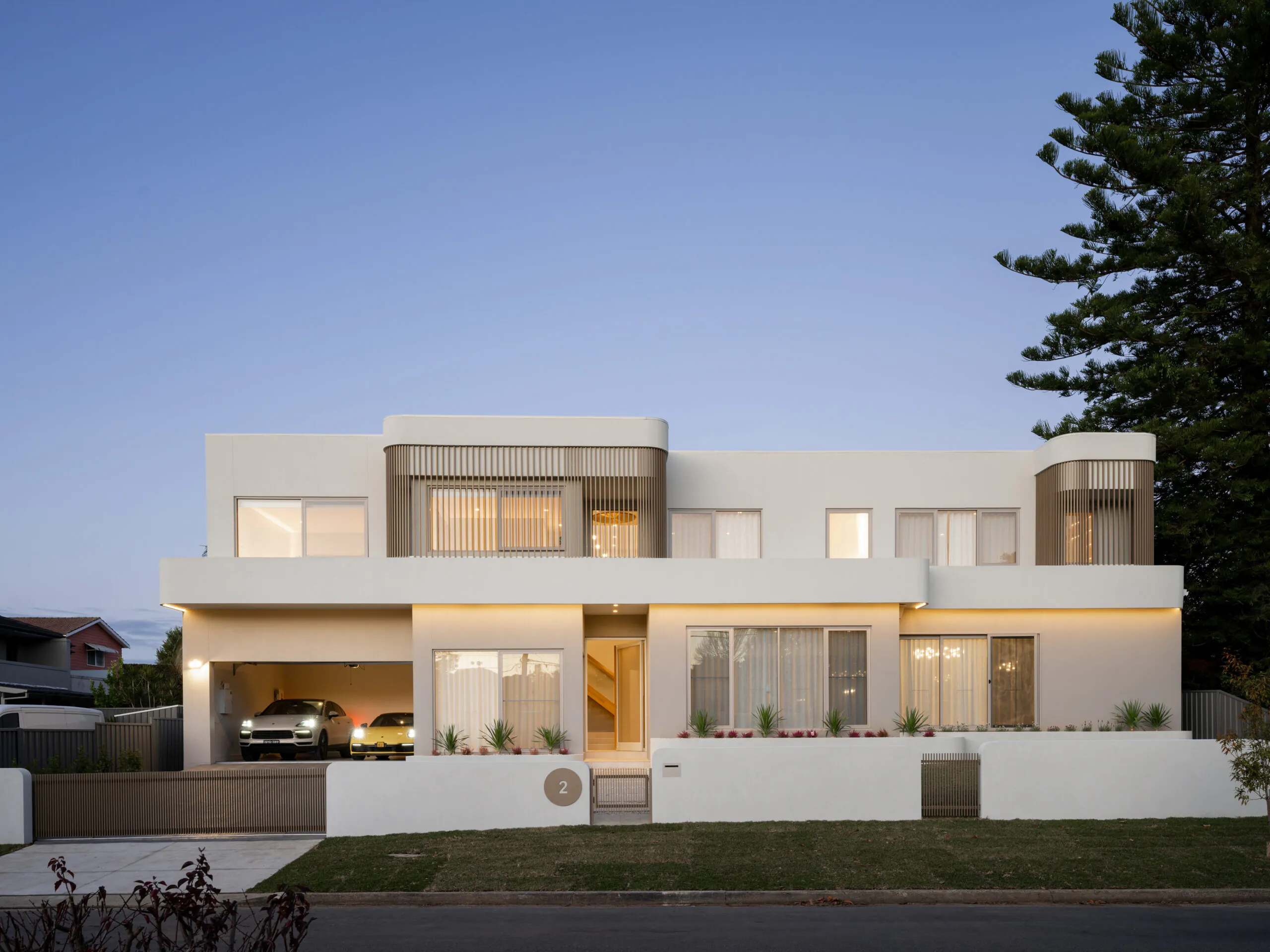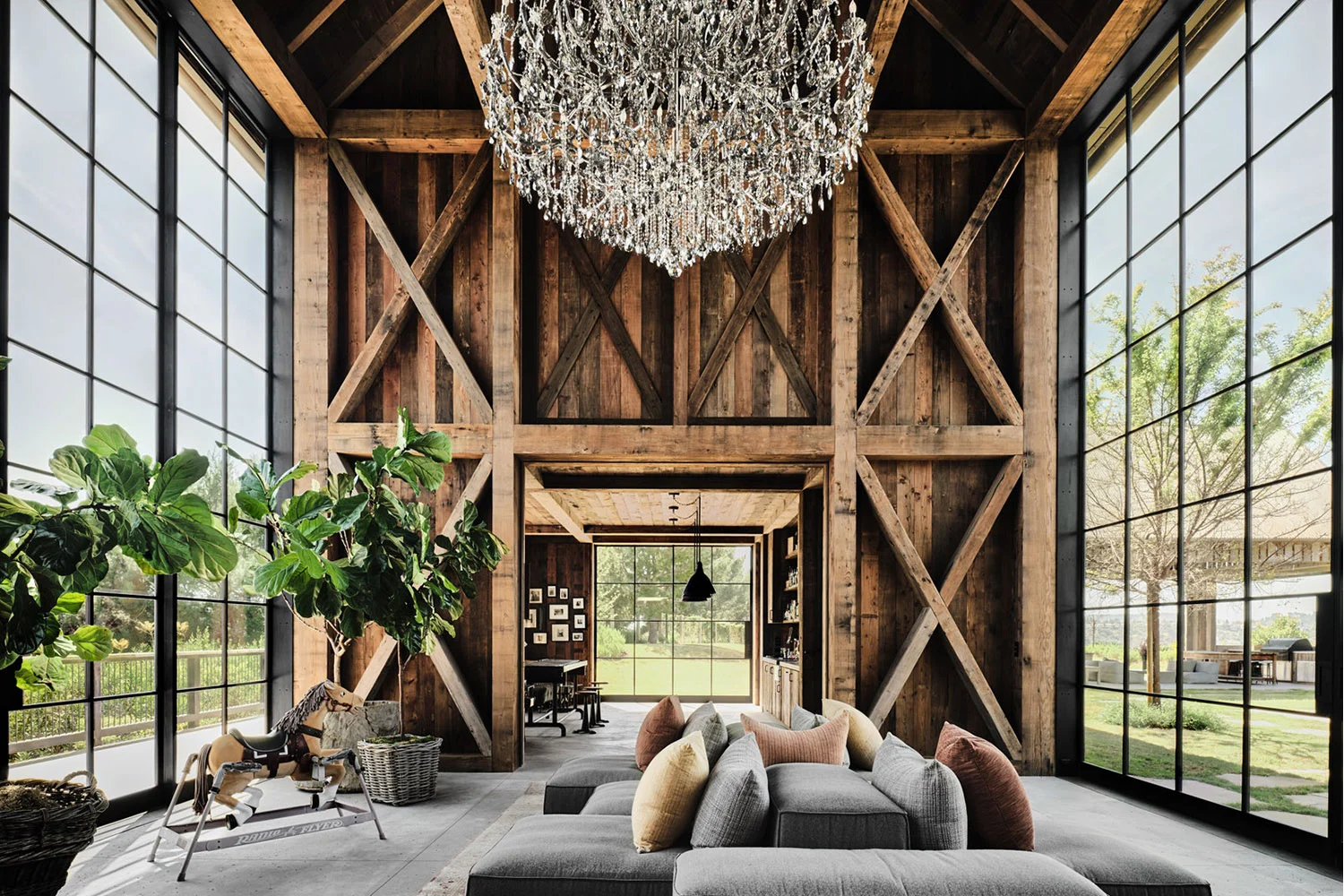Fortresses of the Status Quo: How West Vancouver and Oak Bay Became B.C.’s “No-Go Zones” for Housing Development
Jun 16, 2025
A provincial advisory panel has issued a blunt verdict: two of B.C.’s most affluent municipalities—West Vancouver in Metro and Oak Bay in Greater Victoria—remain so resistant to change that builders have effectively stopped trying. While current councils claim to welcome “gentle density,” years of punishing fees, labyrinthine processes, and neighbourhood veto power have turned each district into a development dead-zone.
The Advisers’ Report: Key Findings at a Glance
Appointed under B.C.’s new Housing Supply Act, the five-member panel spent six months poring over permit data, official-community plans, and builder interviews. Their conclusions, tabled last week, are scathing:
Metric (2020-2024) | West Vancouver | Oak Bay | Metro-wide Avg. | Critic’s Comment |
Net new housing units approved | 184 | 73 | 8 400 | “Functionally zero growth.” |
Median processing time (rezones >3 units) | 29 months | 34 months | 16 months | “A deterrent in itself.” |
Public-hearing deferrals per application | 2.7 | 3.1 | 1.2 | “Death by delay.” |
Non-market/affordable units approved | 0 | 0 | 900 | “Zero tolerance for inclusion.” |
“Developers told us they no longer pencil West Van or Oak Bay into their land-assembly maps,” the report states. “Return on effort is too low and reputational risk too high.”
Why These Two Districts Matter
West Vancouver and Oak Bay occupy enviable slices of coastal real estate, bracketing the Vancouver and Victoria job hubs. Each boasts excellent schools, ocean views, and median household incomes north of $120 000—twice provincial average.
For the province’s Homes for People targets, these low-density enclaves loom large. Without their participation, Metro and Capital Region growth pressures spill into farmland and distant exurbs, fuelling traffic and emissions.
Housing Minister Ravi Kahlon called the report “a wake-up call,” hinting at possible provincial overrides if councils fail to act.
Decoding the “Anti-Development” DNA
Heritage Over Housing
Oak Bay’s 2019 OCP designates 62 % of parcels as either official or “character” heritage. Any demolition of a pre-1935 house triggers advisory-committee reviews, neighbourhood petitions, and potential council rescindment. Result: spec builders skip Oak Bay; renovators flip at $3 million plus.
West Van, meanwhile, enshrines “view corridors” that prohibit rooflines above 7.3 m on most lots—even corner duplex proposals die on that hill.
Permit Paralysis
Both districts demand five to seven public-open-house rounds before a first-reading vote, far beyond Metro norms. One tri-plex applicant in West Van logged 212 staff-comment items over 30 months—and withdrew.
Hefty Fees
Community-amenity contributions:* $321 per ft² for multi-family West Van infill—triple Burnaby’s.
“Tree retention bonds”* in Oak Bay: $15 000 per caliper inch. Developers call it “death by arborist.”
The Councils Push Back: “We’re Not Anti-Housing”
West Van Mayor Mark Sager insists the district approved 150 rental units at Taylor Way—“proof we welcome housing.” The panel counters: none have broken ground; proponent cites financing trouble after three rounds of design panel tweaks.
Oak Bay Mayor Kevin Murdoch touts a fast-track lane-house policy. Yet applications since 2022? Only six—each burdened by neighbour-consent forms.
Both councils blame builders for chasing “easy profits” elsewhere and provincial funding gaps for non-market projects.
Developers’ View: “Why Bother?”
Interviews with five prominent builders paint a clear picture:
Risk vs. Reward: Land costs already astronomical; add two-year uncertainty and you burn equity before a shovel turns.
Political Drag: Elections every four years mean any supportive council can flip to a NIMBY slate.
Brand Hazard: Being poster-child for hated luxury densification can sabotage marketing in other municipalities.
One Vancouver-based proponent summarises: “A 200-unit mid-rise in New West gets me permits in 14 months; in West Van it’s five years and lawyer bills. My investors won’t wait.”
Residents Speak: Fear, Pride, and Affordability Fatigue
Protectors of Paradise
“We paid a premium for trees and quiet,” says Oak Bay retiree Liz O’Donnell. “Stacked townhouses ruin both.” Sentiment echoed in dozens of submission letters: keep single-family charm.
Locked-Out Locals
But third-generation resident Jordan Kim, 31, sees a different reality: “I teach at Oak Bay High. Can’t dream of buying here, can barely rent a basement. Council preserves history for the rich, not the next wave.”
Myths, Realities, and the Wider Costs
Wildfire & Infrastructure Excuses
Both councils often cite evacuation pinch-points and fragile soil pipes as reasons to resist multi-family builds. Yet the advisory panel notes:
Wildfire risk in West Vancouver’s British Properties is real, but 85 % of developable infill sits south of Highway 1, outside high-risk zones.
Sewer capacity in Oak Bay is strained during storms, yet engineers confirm up-sizing trunk mains would cost under 1 % of annual capital budgets if spread over 10 years.
The panel concludes: “Physical-capacity arguments are solvable engineering problems, not absolute barriers.”
The Spill-Over Effect
When West Van and Oak Bay shut doors, demand doesn’t vanish—it migrates:
Squamish & Sooke saw land prices double 2018-24.
Commutes lengthen, transit GHGs rise.
Young professionals abandon core job markets, worsening labour shortages.
UBC planner Dr Scot Hein calls the phenomenon “exclusionary ripple zoning.”
Provincial Toolbox: From Carrots to the Big Stick
Tool | Statute | What It Does | Used Before? |
Housing-Needs Report override | Housing Supply Act s.9 | Province can order rezoning to meet targets. | Not yet |
Specified-Area tax | Community Charter s.216 | Levy on property owners who block servicing. | Rare |
Cabinet Order-in-Council | Constitution Act (BC) | Directly amends OCP / zoning. | 1970s highway expropriations |
Infrastructure grants | BC Build or Fed HAF | Carrot: fast cash for sewers if rezones pass. | Yes |
Minister Kahlon hints the first step will be performance targets: approve X units by 2027 or face intervention.
Legal Precedents and the Charter Question
Could councils sue the province for overreach? Lawyers point to Greater Vancouver Sewerage v. Delta (1986), where courts upheld provincial power to impose utilities. Municipalities are “creatures of statute”; Victoria can rewrite zoning if “for the peace, order, and good government” of B.C.
However, property owners might claim Charter Section 7 infringement if rezonings devalue land. Success unlikely—courts routinely dismiss economic-interest claims.
What Real Reform Could Look Like
Guaranteed Time Limits
– 180-day cap from complete application to public hearing.Pre-Zoned Corridors
– Up-zone select arterials; projects need only form & character permits.Inclusionary Zoning Formula
– Province sets sliding scale (10-25 %) below-market units tied to project size.Provincial Adjudication Panel
– Appeals body to override council refusals deemed “unreasonable”—mirrors Ontario’s OLT.
The advisory report recommends piloting these measures first in West Van and Oak Bay, where stakes are high and progress marginal.
Timetable to Showdown
Month | Trigger | Possible Outcome |
Oct 2025 | Province releases municipal housing-target numbers | West Van target rumoured 2 000 units by 2031 |
Jan 2026 | Councils must submit action plans | Delay or token compliance likely |
July 2026 | Progress review | If approvals <25 % of runway, province issues/ministers order |
2027 Election Cycle | Local campaigns ignite | “Save Our Village” vs. “Yes In My Backroad” |
Stakeholder Chessboard
Homeowner groups fund lawn-sign blitzes, vow legal fight.
Developers quietly assemble option agreements, betting on a provincial override.
School districts cheer targets; enrolment declined 12 % in West Van since 2015.
Climate activists align with YIMBYs: density equals emission cuts.
First Nations (Sḵwx̱wú7mesh, Songhees) assert redevelopment rights on unceded territory—wild card that could fast-track partnerships.
The Human Face: Two Families, Two Fates
The Obriens, West Van
Chris (firefighter) & Lara (nurse) rent basement for $2 700. Saving for a down-payment is impossible. “We serve this community but can’t live above ground in it.”
The Nakayamas, Oak Bay
Retired couple on fixed income. Fear rising taxes if growth forces sewer upgrades. “We sacrificed to buy in 1989. Why subsidize high-density outsiders now?”
Their anxieties collide in council inboxes—and define the policy dilemma.
Coastal Cliffs or Turning Tide?
West Vancouver and Oak Bay aren’t just slow—they are emblematic red lines in B.C.’s housing battle. High land values, passionate local electorates, and protectionist policies have forged near-impermeable shells.
The provincial advisory panel’s verdict throws down a gauntlet: evolve or be overruled. Whether councils embrace measured growth or double down on gatekeeping will ripple across planning departments from White Rock to Campbell River.
The next 18 months will show if B.C. can balance local identity with regional necessity—or if Victoria must wield the big stick, rewriting zoning with the stroke of a cabinet pen. For renters priced out and homeowners fearing upheaval, the stakes could not be higher.
























